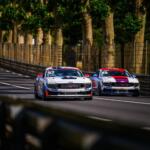SEPANG TURNS ITS BACK ON F1
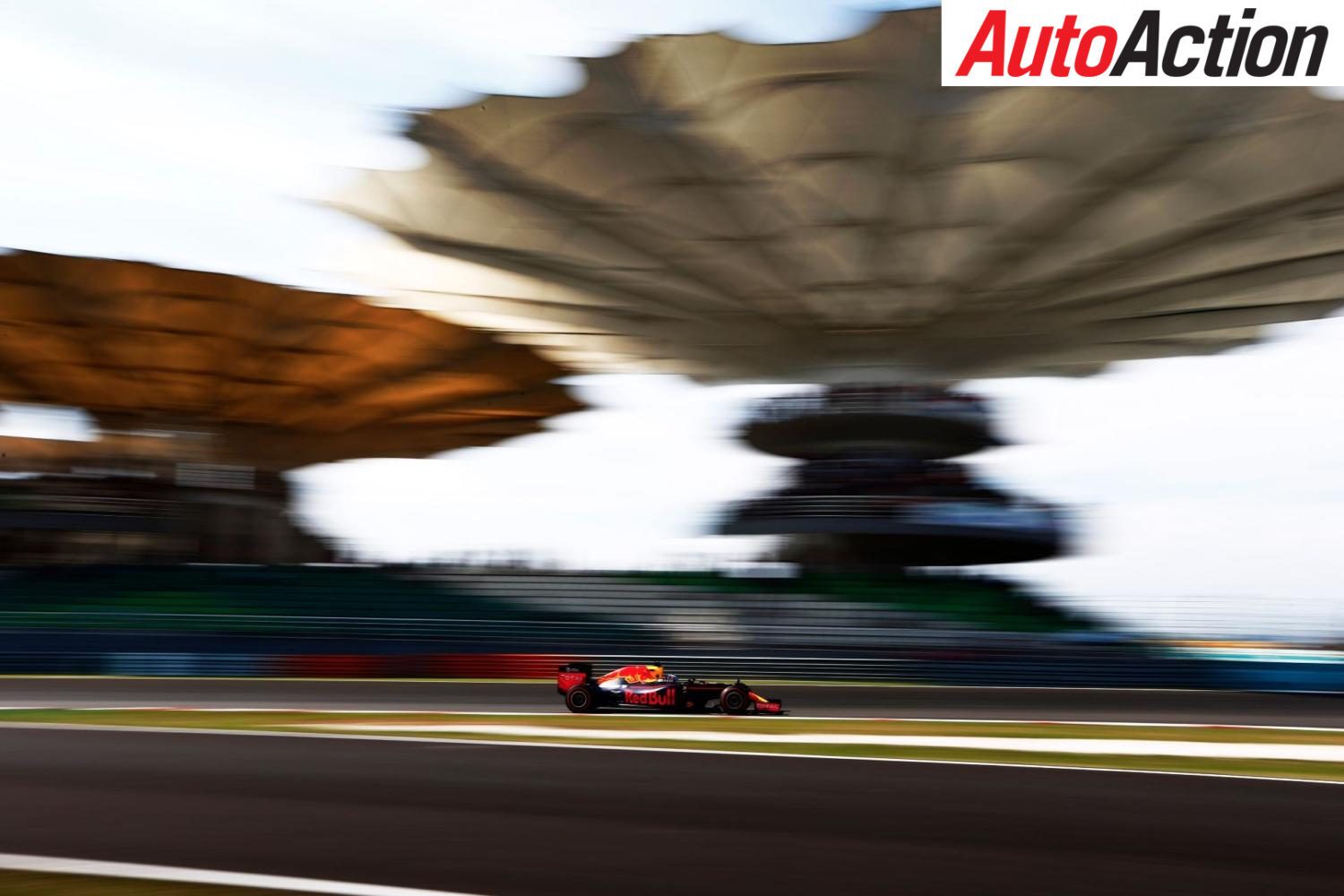
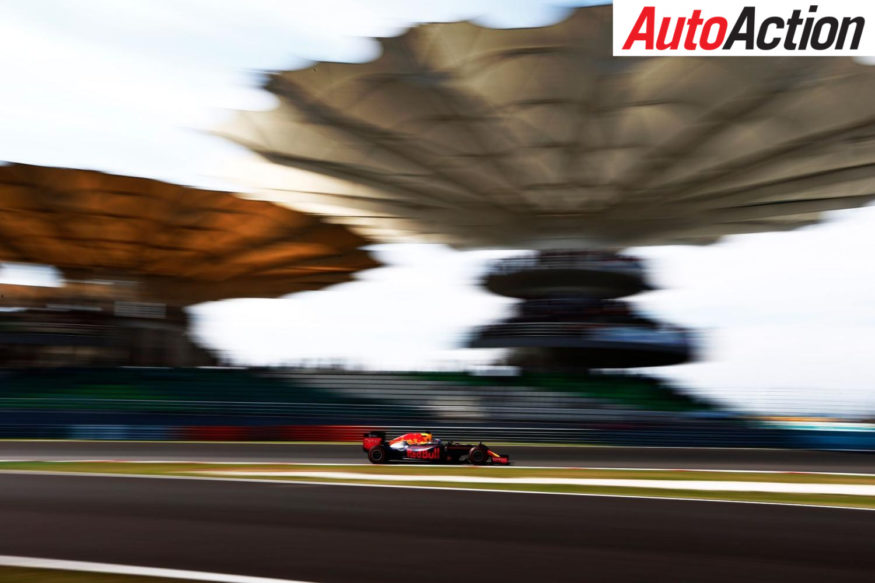
Daniel Ricciardo racing Formula 1 at Sepang – Photo: LAT
IN 1999 Malaysia hosted a Formula 1 Grand Prix for the first time.
It was a Big Deal; the race was at the state-of-the-art, purpose-built Sepang International Circuit, 60km from Kuala Lumpur, and was the first Asian race outside Japan, which first hosted Formula 1 in 1976.
Since that time Sepang has written its name into the folklore of the sport, with some great wins, some upsets and some diabolical weather.
For nearly two decades the event was a regular and favourite stop of the Formula 1 calendar but no more. This year’s Malaysian GP will be the last because the promoters and government do not see a big upside in continuing with the race. But they do see great value in MotoGP and have just signed a deal to keep two-wheeled GPs at the venue until at least 2021.
With that in mind Sepang’s CEO Razlan Razali sat down with Phil Branagan to explain what MotoGP has that Formula 1 does not – and what might be on the circuit’s calendar next…
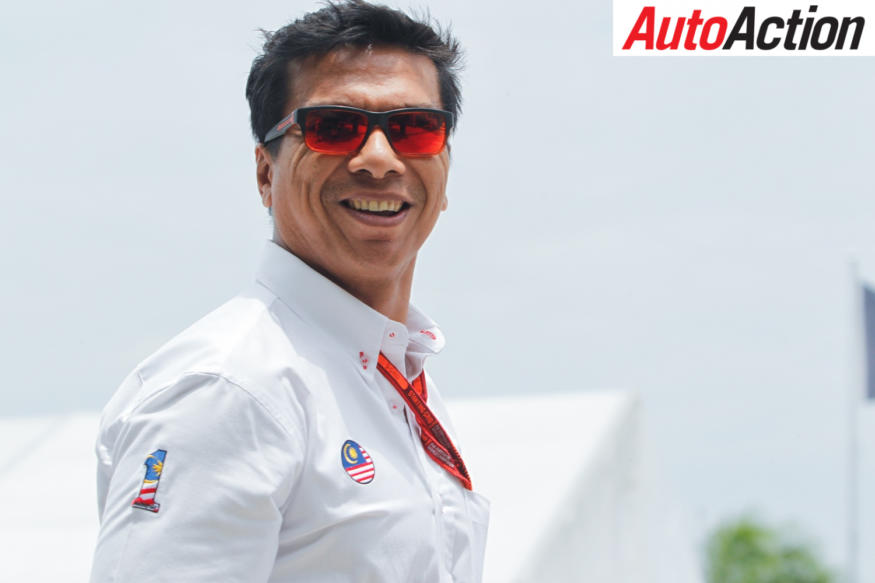
Sepang’s CEO Razlan Razali
AA: It was difficult news about the Malaysian Grand Prix not continuing at Sepang but was it totally unexpected?
RR: It was something that was constantly being monitored for a number of years, since it started showing some negatives – especially the total economic impact of the event.
It was showing a negative [return] – especially last year. So the decision was to stop it, and this year will be the final year.
But Formula 1 has been very good for Malaysia since 1999. But all good things some to an end. The numbers show that this is the right decision and it only makes sense to end it now.
AA: Does that mean that the race was a positive financial result for a long time?
RR: It has been tremendously successfully for Malaysia, to promote the country and our global aspirations, for a long time.
It put the country on the global map. It continued to be that way for a long time, all the way until last year.
But it is down to the numbers. The investment that we made and the amount that we received, from when the numbers started to decline in 2014, then we realised that we were not getting the returns that we paid for. We were not getting the show that we were supposed to get. That was the basis of the decision to stop it.
AA: Was there a single point at which the equation turned in favour of not continuing with the race, or was this something that happened over a period of years?
RR: We looked at Key Indicators, and in terms of live spectators. We are competing a lot more for live spectators, than in terms of who is watching on TV.
Getting the live spectators was a real challenge since 2014. Putting bums on seats, that is the only source of revenue for the circuit, when it comes to Formula 1. You only have the ticket sales. The numbers have been slowly on the decline since 2014, especially last year, when we only sold 40-odd thousand tickets.
The second key indicators are the TV ratings. Last year it was reported that it [the TV audience] was the lowest in history for the Malaysian Grand Prix. So these two indicators had an effect on the overall investment. It showed a negative impact.
AA: Was there any temptation to continue for another year, given the change in ownership of Formula One?
RR: I think we want to take a break and see how things progress under the new ownership.
It is still yet too early to really determine whether this season will be different to what we have seen in the past, in all areas.
That applies to the sport itself, to Formula 1 itself, and the changes that the new owners would like to do.
So I think that it is best that we give it a break and see how things develop with the new owners, and then we might reconsider.

MotoGP at Sepang – Photo: LAT
AA: Not long before the news that the circuit was not going to continue with Formula 1 came news that the promoters were recommitting to MotoGP until 2021. What does MotoGP deliver that Formula doesn’t?
RR: The most distinct difference is the spectacle of the event.
Of course, Formula 1 is perceived to be the high-end event, the pinnacle of [racing on] four wheels – it is the most glamorous, and so on. But it is still that, with these two events, MotoGP comes up tops, in all areas.
In terms of racing, it has three fantastic championship races, Moto3, Moto2 and MotoGP, compared to Formula 1, which has just one race. It continues to be exciting, MotoGP provides close racing, it is unpredictable. Compared to Formula 1… once you are on pole, you are expected to win.
The local support that was received by MotoGP; by having a lower category, we can afford to put Malaysians in the championships in Moto3 or Moto2. Compared to Formula 1, that is virtually impossible, to put any drivers in, unless they come up with a lot of cash.
So I think that the spectacle advantage that MotoGP has, with the strong local support and the strong international attention that it has, leads to a strong relationship with MotoGP, compared to Formula 1 in the past.
Slowly but surely the Malaysians are doing well. Last year we had a Malaysian boy winning two rounds [Ed: Khairul Idham Pawi in Argentina and Germany]. In the past we have had a boy on the podium in his home Grand Prix [Ed: Zulfahmi Khairuddin in 2012]. That is the formula for a great show.
In the past we have been in Formula 1 and MotoGP purely because of the events. But once you reach more than 15 years, the locals want something that they have not see every year. They want to see locals trying to compete in a World Championship, maybe as a Wildcard, they want to see the Next Big Thing in the World Championship.
AA: What impact do you think that the Singapore race has had on the Malaysian Grand Prix?
RR: Of course you cannot deny the fact that when the Singapore race came in, in 2008, it did put up a huge entertainment event. Being at night, being in the city, there were a lot more activities that they could do, compared to us, on a circuit. We tried not to compete with what we do, in terms on entertainment.
But in terms of racing, what motorsport fans can judge is whether they like a street circuit or a ‘proper’ circuit. I guess that Singapore has managed very well in attracting non-motorsport fans, with all the entertainment that they have.
But you have two different races; one at night on a street circuit, one on a ‘proper’ circuit. We tried last year to have the races back-to-back, which I think would have been fantastic for global fans to come to south-east Asia and watch two different races. Unfortunately it was two weeks apart last year and it is similar this year.
Formula 1 couldn’t really capitalise on the fact that the global fans would have enjoyed two races in two weeks.
AA: So your Plan A would have been to have the races a week apart?
RR: Having the races back-to-back means that… I like to compare that to what happens in MotoGP.
Every year they have the three legs of the flyaways, in Japan, Australia and Malaysia. They have fans diehard fans, who go to all three races because they are back-to-back.
So I think that Formula 1 should have done the same. Right now, convincing the fan to come to the circuit is so important to the circuit. The TV audience is important for the TV audience but I think that having back-to-back races is a great value for fans.
AA: What would it take to have Formula 1 return to Sepang?
RR: I think it’s about the entertainment – the on-track entertainment. We want to see close racing; we do not want to see racing that is so spread out that there are the teams at the front and then the mid-field and then the tailenders.
I think that the most important thing is for them to look at the sport and look at how we can make the racing exciting again. I think we can look at other circuits and see how we can make improvements for the live spectators, and at the engagement and activation that can make the gaps between the drivers and the spectators closer, compared to MotoGP.
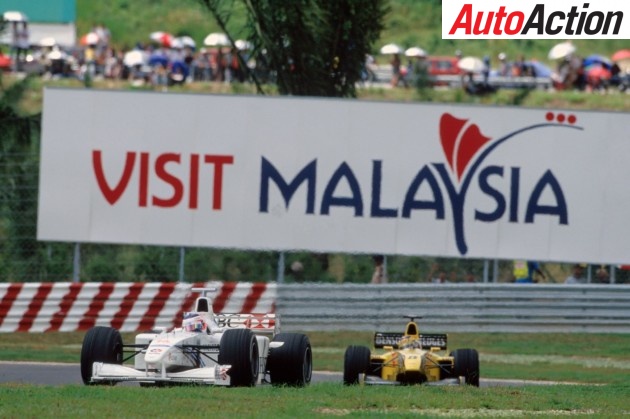
The first Malaysian Grand Prix in 1999 – Photo: LAT
AA: What stands out for you as a highlight?
RR: The biggest highlight, of course, was when it came to our shores in 1999.
At that time I was just a regular spectator who watched after I bought the tickets in the grandstand. I did that for four years!
I think the biggest highlight could be in 2009. That was my first Formula 1 [race as CEO] and it had to be abandoned because of heavy rain. Then it happened again in 2010!
AA: The timing of the start of the race, has that been frustrating over the years?
RR: Yes. At that time Bernie Ecclestone was more concerned TV ratings for the broadcast. That 3pm in Malaysia is something like 7am [in Europe] and he complained about people waking up on Sundays to watch the race.
That particular year, in 2009, he moved it [the start time] to 5pm. In Malaysia the weather is unpredictable, especially with the tropical or monsoon rains. There was simply enough time to continue, because of the lack of light. We went back to 3pm…
I remember in 2005, when the track was half-wet and half-dry, that made it much more interesting. Even when they get too hot, the drivers feel it, you can see them on the podium feeling the heat and humidity. It is a challenging circuit, with the heat and the weather. That makes Sepang one of the most exciting races of the season.
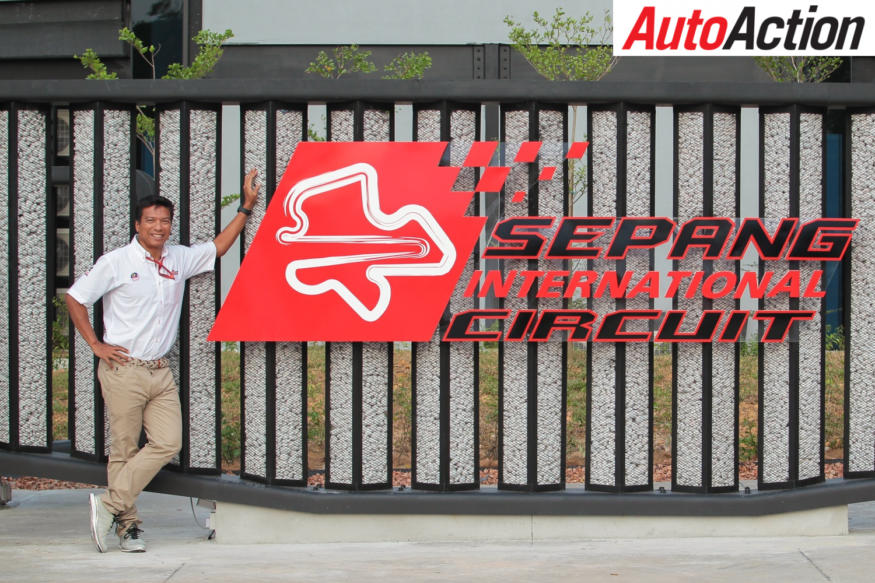
Razlan Razali at Sepang
AA: Given that there is not going to be Formula 1 at Sepang, at least in the foreseeable future, can you foresee what may continue at the circuit?
RR: We are very much self sustaining. Every year we utilise more than 90 percent of the track. With F1 no longer on the calendar it opens up opportunities for other events.
In fact we are in deep discussions to bring Supercars to Sepang next year. I am speaking to James [Warburton] with a view to secure V8s [sic]. We will try to make it work. We will try to make it a win-win between the circuit and the promoters, and that is just one event that we are looking into.
Japan Super GT have indicated an interest to return. So we are not short of getting offers to come and race in Malaysia. But then again, it has to be potentially viable and there are two important aspects to look at; whether it can attract a minimum number of fans to the circuit, and good TV ratings. These are the two key indicators for us to evaluate anything we have other than Formula 1.
AA: The Supercars, would that be something that would be in conjunction with the proposed street race in KL, or a standalone event?
RR: It will be standalone. We have been talking to them for a number of years.
I am a big fan of Supercars. We saw them when they were doing a demo race in 2015, on the KL street circuit. That was a really good event but unfortunately things went bad for the organisers there. They tried to run at Sepang but they couldn’t find the right time, in that year. We couldn’t properly determine the P & L [Profit and Loss], so now we have time and we are sitting down to discuss for next year.
AA: Is there a preferred part of the calendar that you would prefer to be on?
RR: I think it is more for them [Supercars]. They have to make it work logistically and cost-effectively. We have told them to not touch the month of October, because of MotoGP.
I think they are looking somewhere within the April-May-June period, and that is fine with us, as long as it is fine for them. That is the period we have been discussion right now.
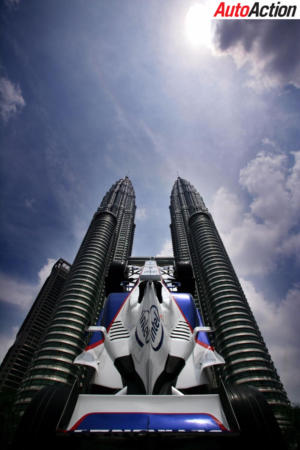
The Twin Towers in Kuala Lumpur – Photo: LAT
Pick up the latest issue of Auto Action magazine for our most recent interviews. Also follow us on social media Facebook, Twitter and Instagram news between issues.





